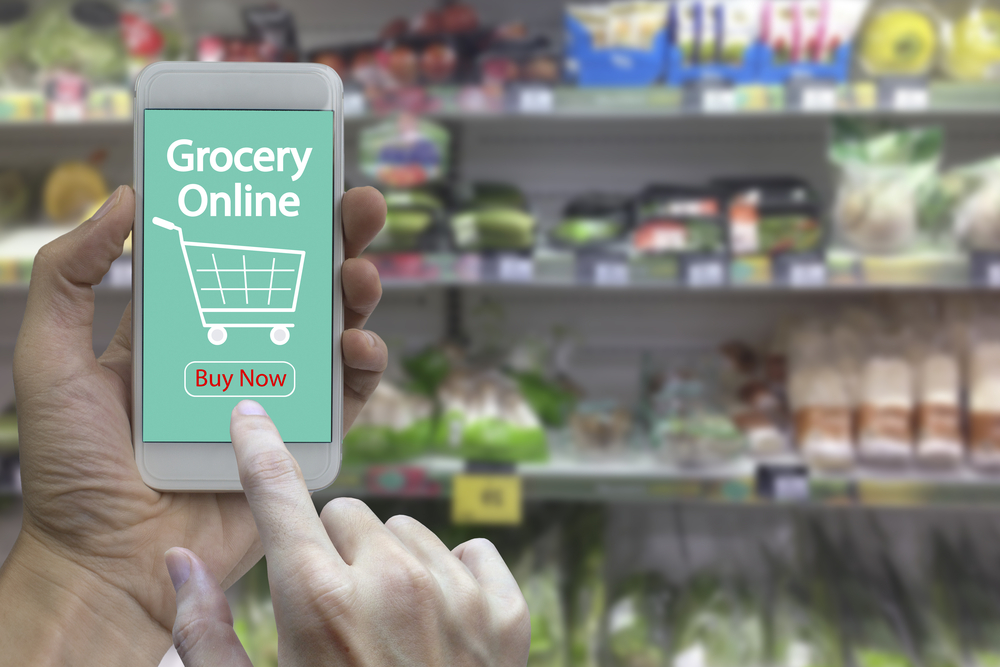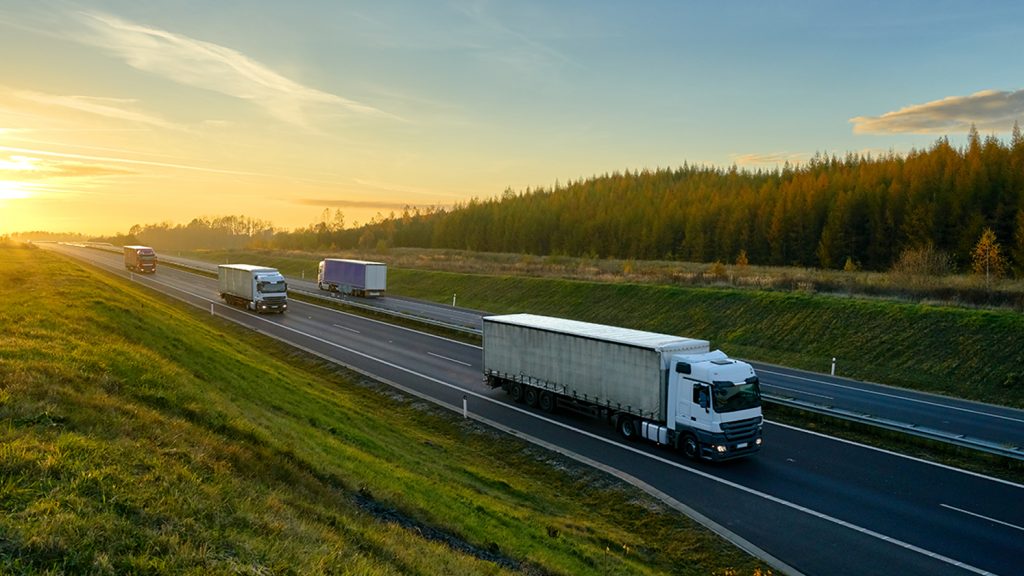Among the many consumer behavioral shifts brought about by the COVID-19 pandemic, and one of the largest that businesses have had to adapt to is the rise of e-commerce. Shopping online quickly became a huge part of consumers’ lives as they grappled with the challenges of pandemic-related restrictions. Included in that category is online food shopping, which is proving to remain a prominent trend even with in-person restrictions largely lifted.
Adapting to the Growing Demand
A report from eMarketer found that in 2020, at the height of the pandemic, online food shopping grew by 63.9 percent. As a result, grocery retailers had to adapt swiftly to meet the growing demand for online ordering and curbside pickup. And now, as we continue to emerge from the pandemic, online grocery shopping remains popular. Recent research revealed that 51 percent of online grocery shoppers surveyed said that they began this habit during the pandemic. Of that number, 20 percent still shop for groceries online all or most of the time.
As the sector continues to expand, significant investment in automation and technology will be necessary to address workforce shortages while meeting the high expectation of timely order fulfillment, especially in the thick of the holiday season.
The surge in online grocery shopping corresponds with a continuing overall increase in e-commerce sales. During last fall’s Thanksgiving and Black Friday holiday, online sales hit $14 billion. Although there is typically a year-over-year increase, last year’s Thanksgiving week online sales were similar to the previous year’s, likely due to consumers starting their shopping earlier in light of supply chain challenges.
In addition to the rise of online food shopping, a new development within the grocery sector, which has become prominent in New York City, is rapid grocery delivery, which allows consumers to order a limited number of products and receive their groceries in 15 minutes or less. This innovation, which is making its way to cities around the world, has put even more pressure on grocery retailers to identify ways to remain competitive.
Micro-Fulfillment Centers
Some experts are recommending that grocery retailers install micro-fulfillment centers (MFC) to optimize the online food shopping supply chain. MFCs are facilities that hold inventory and use automated systems and other technologies to fulfill online grocery orders. A retailer can decide to install an MFC in one of several ways:
- In a building attached to an existing store
- At an offsite location separate from an existing store
- Entirely within an existing store
Once the MFC is established, it is used exclusively to fulfill online food shopping and pickup grocery orders, streamlining the process significantly and allowing for orders to be processed and distributed to the consumer more efficiently.
Food and beverage manufacturers committed to further optimizing the grocery supply chain may consider using plastic pallets from iGPS for their shipping needs. The iGPS pooling model keeps pallets moving smoothly through the supply chain with minimal waste and at a lower cost. Additionally, the pallets incorporate RFID technology, allowing them to be readable by automated systems.
The continued impact of COVID 19 will spur a continued increase in online food shopping and the need for heightened supply chain optimization. Grocery retailers must invest wisely in systems that will optimize their fulfillment processes and set them up for success as e-commerce continues to rise.
Manufacturers committed to meeting growing consumer demand use iGPS plastic pallets for all their shipping needs. Our lightweight, recyclable plastic pallets can help reduce carbon emissions and your total cost of business. For more information, contact us at 1-866-557-0047, email a specialist at switch@igps.net, or visit our contact page.



